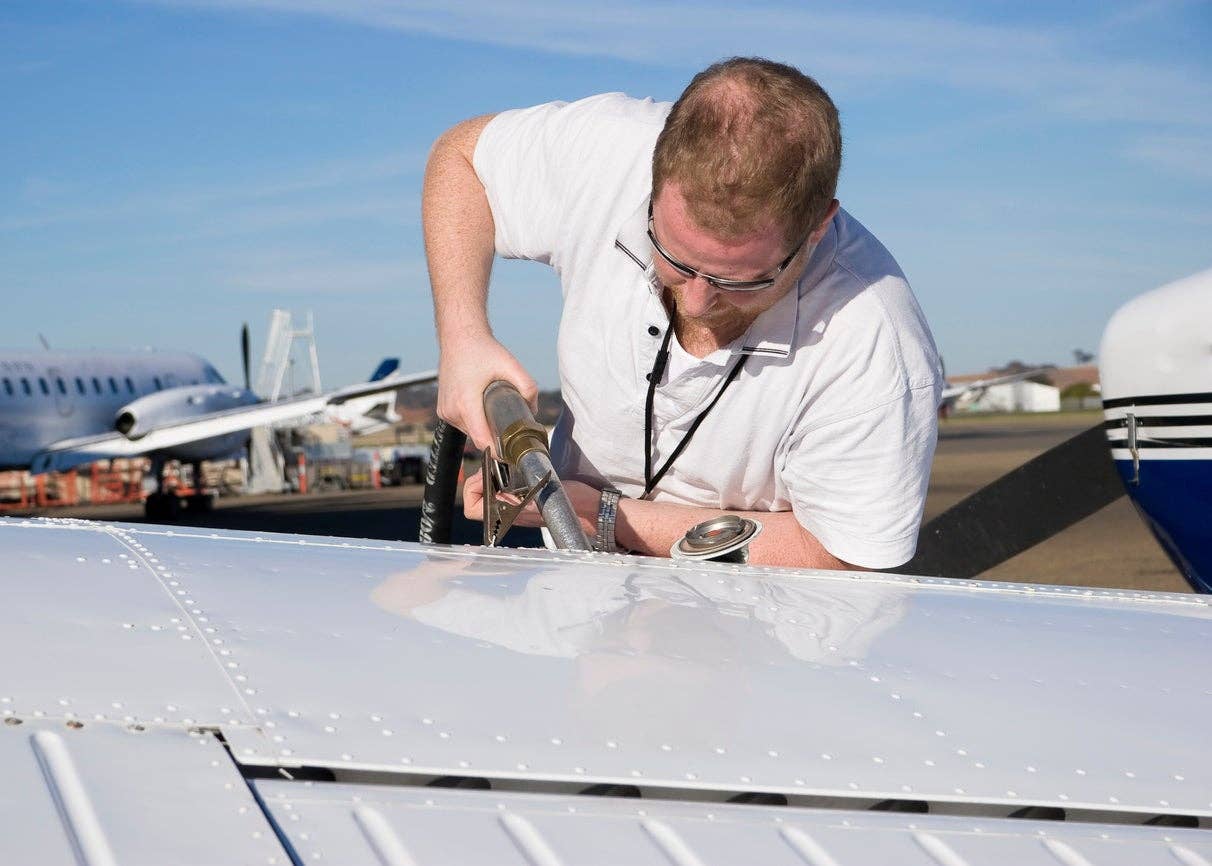Learning the Basics of Fuel Management
Running out of fuel is most often a result of human error and can result in an unscheduled off-airport landing.

The No. 1 cause of fuel exhaustion, according to the NTSB, is human error. [Credit: iStock]
The only time you have too much fuel is when you are on fire. I tell all my clients this, but especially my student pilots, because running out of fuel is right up there with leaving the baby on the bus. It shouldn’t happen, but it does, and more often than not, it happens when you get behind the airplane.
Running out of fuel can result in an unscheduled off-airport landing. If you are lucky, no one gets hurt, there is very little property damage, and you can use the airplane again. Other times, the results are deadly, or at least more dramatic.
On December 11 around 3 p.m., the pilot of a Piper PA-31 Navajo attempted an emergency landing on a highway in Victoria, Texas, approximately 119 miles southwest of Houston. The skies were clear as the twin-engine airplane flew over the mostly empty road. A pedestrian caught video of the aircraft’s approach as did a Dash cam. The aircraft touched down in an intersection near an overpass, striking three cars and injuring four occupants, one of them seriously.
- READ MORE: 7 Things to Expect During IFR Training
According to the local police who responded to the accident, the pilot was treated and released from a local hospital. Photographs and video of the scene show the airplane split in two with part of a car on top of it. Despite the destruction of the aircraft, there was no fire. According to several Texas media sources, accident investigation authorities and the FAA are looking into the possibility that the airplane ran out of fuel.
The aircraft N818BR was registered to MARC Inc., a Mississippi-based aerial survey company. According to FlightAware, the pilot took off from Victoria Regional Airport (KVCT), climbing to 16,000 feet, and flew a grid pattern over San Antonio for several hours before attempting to return to KVCT. The flight path shows the aircraft coming down short of the airport.
How common is it for an airplane to run out of fuel and do an unscheduled off-airport landing? A review of accident reports from the National Transportation Safety Board (NTSB) indicates it is more common than we’d like it to be. Often the airplanes come down within a mile or two of their airport, or short of the runway.
These events often whip the aviation-challenged into a frenzy, and they decry the airport as a danger to the community. Let’s not give them any ammo.
Fuel Management Basics
Part of your training is to learn how to determine aircraft performance, and that includes fuel consumption.
Use the charts in the pilot's operating handbook (POH) and be conservative. Use the flight computer to determine fuel consumption on each leg and be conservative. If the E6-B indicates the aircraft will burn 6.7 gallons on that leg, be conservative and round the consumption up to 7.0, because that POH was written for a new airplane. The one you are flying probably has some hours on it. It may not be as efficient as it once was.
Always use the E6-B, be it mechanical or electronic to determine the fuel burn. Never “SWAG” (scientific wild ass guess) your fuel burn. When I ask how much usable fuel there is on board, I want it in gallons or in pounds. And I want to know how much endurance that gives us at a given power setting. Please factor in 20 minutes for taxi and takeoff, and 20 for approach, then the required reserve. Now tell me how much we’re going to use on this flight. Every time we land is an opportunity to refuel and visually check the fuel level again.
- READ MORE: How To Use a E6B Flight Computer
Fuel Exhaustion
The No. 1 cause of fuel exhaustion, per the NTSB reports, is human error. It takes many forms, such as the pilot’s failure to correctly calculate fuel consumption based on aircraft performance metrics and weather, or improper fuel management exacerbated by the pilot not being familiar with the aircraft systems. It's also caused by the pilot’s failure to visually determine fuel quantity before takeoff (also known as “sticking the tanks”), and in some cases, simply getting behind the airplane, not understanding the aircraft systems, or using the checklist.
- READ MORE: A Look at the Evolution of Flight Training
The latter is common with student pilots, who may fail to do the performance calculations to determine the fuel consumption, or run a fuel tank dry during a cross-country flight. They end up in the accident reports because they fail to follow the loss of engine power emergency checklist, resulting in an off-airport landing that might have been averted by repositioning the fuel selector to the other tank that had fuel—as indicated on the emergency checklist.
Understand that it is OK to be late getting back to the airport because you stopped for fuel. Just please send a text so we know not to worry—and it also lets us know if we need to juggle airplanes for the next client. There’s no need to risk being "that guy" who came down short of the airport.

Sign-up for newsletters & special offers!
Get the latest FLYING stories & special offers delivered directly to your inbox






